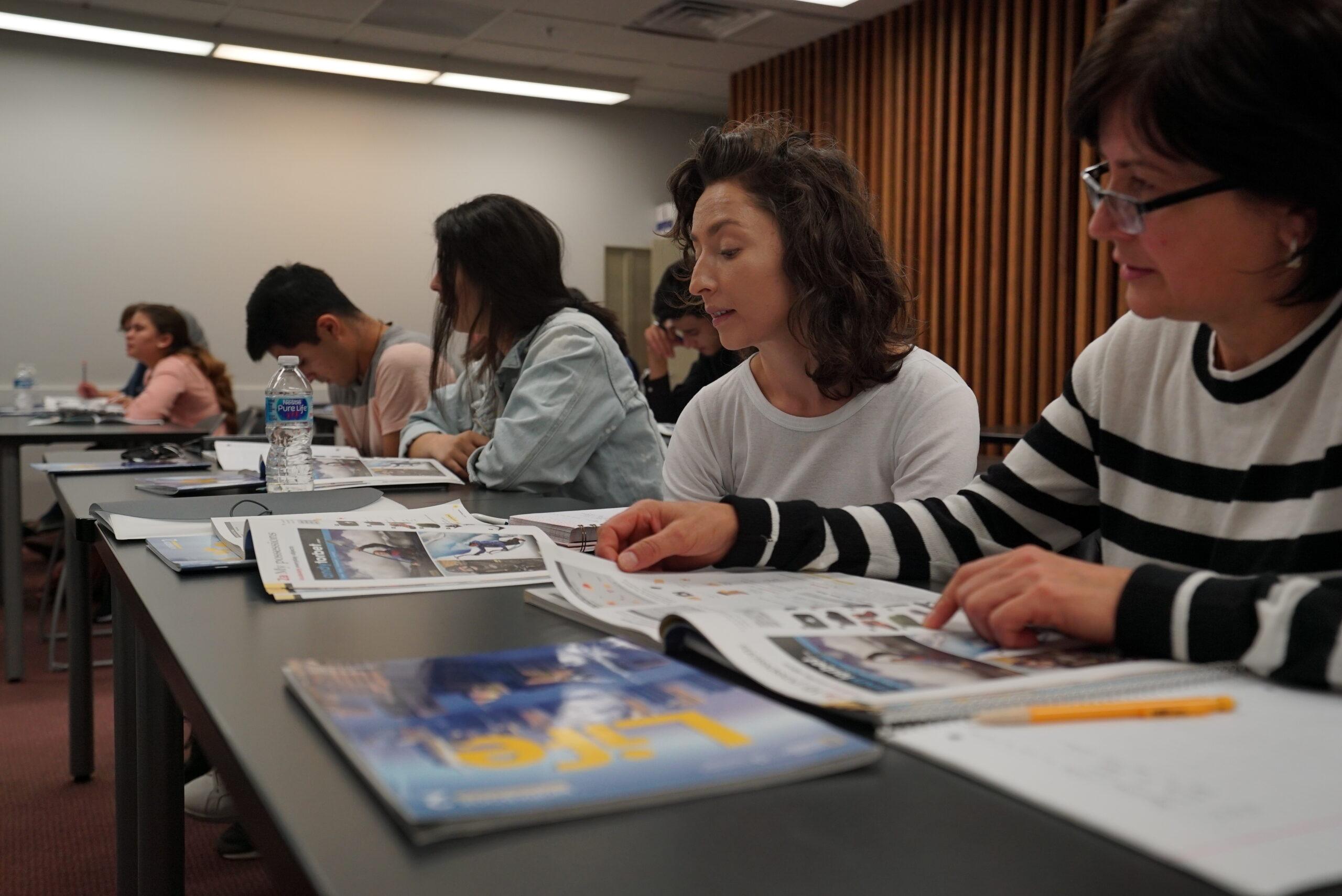Future-Ready Skills: How Educators Are Preparing Students for Tomorrow’s Jobs
This comprehensive guide explores the importance of future-ready skills, highlights how educators are actively preparing students for the ever-evolving job market, and offers practical tips, case studies, and valuable insights into educational innovations for tomorrow’s workforce.
Introduction: Navigating a Rapidly Changing Job landscape
In today’s world, tomorrow’s jobs are not just a distant vision—they are rapidly evolving as technology transforms industries, economies, and everyday life. One of the most pressing challenges facing education today is the need to equip students with future-ready skills that prepare them for careers that may not even exist yet. From AI and robotics to remote collaboration and critical thinking,educators are redesigning curricula and adopting innovative strategies to ensure students thrive in a dynamic workplace.
Why Future-Ready Skills Matter
The rapid pace of automation, digitalization, and globalization means that many traditional roles are shifting or disappearing, while new opportunities emerge. Future-ready skills go beyond technical knowledge; they encompass digital literacy,adaptability,teamwork,and problem-solving—core competencies for the jobs of tomorrow.
- Digital Literacy: Comfort with technology is basic in almost every industry today.
- Creativity and Critical Thinking: The ability to innovate and solve complex problems.
- Emotional Intelligence: Collaboration, leadership, and the ability to empathize with others.
- Data Analysis: Interpreting information to guide decision-making.
- Adaptability: Thriving in change and learning new skills quickly.
Key Strategies Educators Use to Prepare Students
Educators worldwide are integrating several proven methods to foster future-ready skills in students. Here’s how schools and teachers are staying ahead:
1. Integrating Technology Into the Classroom
From interactive platforms and virtual classrooms to coding and robotics clubs, tech is no longer a supplement—it’s foundational. Educators promote:
- Hands-on coding and computational thinking with platforms like Scratch, Python, and arduino kits.
- AI and data science modules embedded in STEM curricula.
- Digital collaboration tools like Google Workspace and Microsoft Teams for project-based learning.
2. Emphasizing Soft Skills
Artificial intelligence may augment many tasks, but human skills—like empathy, resilience, and teamwork—are irreplaceable. Modern classrooms:
- Use role-playing and group projects to foster cooperation and communication.
- Encourage public speaking and leadership activities.
- teach mindfulness and emotional wellness to boost self-regulation.
3. Fostering Problem-Solving and Critical Thinking
Future workplaces value strategic thinkers and creative problem-solvers. Educators develop these skills by:
- Presenting real-world scenarios for students to analyze and address.
- Using inquiry-based and project-based learning to encourage exploration.
- Promoting peer feedback and reflection for deeper understanding.
4. Promoting Continuous Learning and Growth Mindset
Lifelong learning is non-negotiable with shifting job requirements. Educators embed:
- Growth mindset principles—encouraging students to welcome challenges.
- Online learning resources for self-paced growth.
- Personalized learning paths leveraging adaptive software and teacher mentorship.
Benefits of Future-Ready Skills for Students
What’s in it for today’s students? Equipping young people with future-ready skills brings both immediate and long-term advantages:
- Increased employability and access to emerging career fields.
- Higher levels of confidence and adaptability to new situations.
- Better problem-solving abilities in academic and real-life contexts.
- Stronger collaboration and networking skills.
- Resilience in the face of change and uncertainty.
Case Studies: Schools Leading the Way in Future-Ready Education
Let’s explore how innovative schools are putting future-ready education into practice:
Case Study 1: Finland’s Phenomenon-Based Learning
Finland’s education system, recognized for global excellence, emphasizes cross-disciplinary learning and real-life problem-solving. Students work on projects that combine science, technology, society, and art—replicating industry collaboration.
Case Study 2: new York City’s P-TECH Model
NYC’s P-TECH schools blend high school, college coursework, and industry mentorship.Students graduate with both a diploma and an associate’s degree, plus hands-on experience with future-ready skills demanded by tech employers.
case Study 3: Singapore’s SkillsFuture initiative
In Singapore, the SkillsFuture program supports continuous upskilling, starting in secondary school. Students receive digital literacy training,career guidance,and personalized learning plans geared at future employment sectors.
Practical Tips for educators to Develop future-Ready Skills
Whether you’re a teacher, administrator, or curriculum developer, here are actionable steps you can take today:
- Update curriculum regularly to reflect emerging career trends and technologies.
- Invite guest speakers from forward-looking industries to share insights and offer mentorship.
- Offer elective modules in coding, AI, design thinking, and data analytics.
- Foster global citizenship by connecting students with peers worldwide thru online projects.
- Use assessment methods that focus on process, creativity, and collaboration—not just standardized testing.
- Encourage student agency—give learners ownership of projects and learning outcomes.
- Access professional development and training for teachers to stay ahead of educational technology and new pedagogical methods.
Voices from the Classroom: First-Hand Experiences
Hear directly from educators integrating future-ready skills into their teaching:
- Ms. Rebecca tan, singapore: “Allowing students to choose their own inquiry-based projects gives them confidence and ownership. I see them developing problem-solving skills that I didn’t have as a student myself.”
- Mr. Ajay Kumar, India: “Coding clubs and robotics competitions really motivate learners. They’re collaborating, learning technical skills, and building resilience when they meet setbacks.”
- Dr. Eva Schultz, Germany: “We focus on emotional intelligence just as much as digital skills. Group reflection sessions help students recognize the value of empathy in collaborative work.”
Preparing for Tomorrow: How Parents and Communities Can Support
Building future-ready students is a community effort. Here’s how stakeholders outside the classroom can help:
- Parents: Encourage curiosity and exploration, provide access to technology at home, and discuss emerging career paths.
- Businesses: Host internships, shadowing opportunities, and sponsor educational initiatives.
- Community Organizations: Run workshops, hackathons, and mentoring programs for youth.
Conclusion: Empowering the Next Generation for Success
As the nature of work continues to shift, future-ready skills lie at the heart of student success. Forward-thinking educators and schools are embracing innovation, blending technology with human-centric skills to create adaptable, lifelong learners. By continually refining teaching approaches and collaborating with parents, businesses, and communities, we can empower young people to seize opportunities in tomorrow’s job market—no matter what the future holds.

